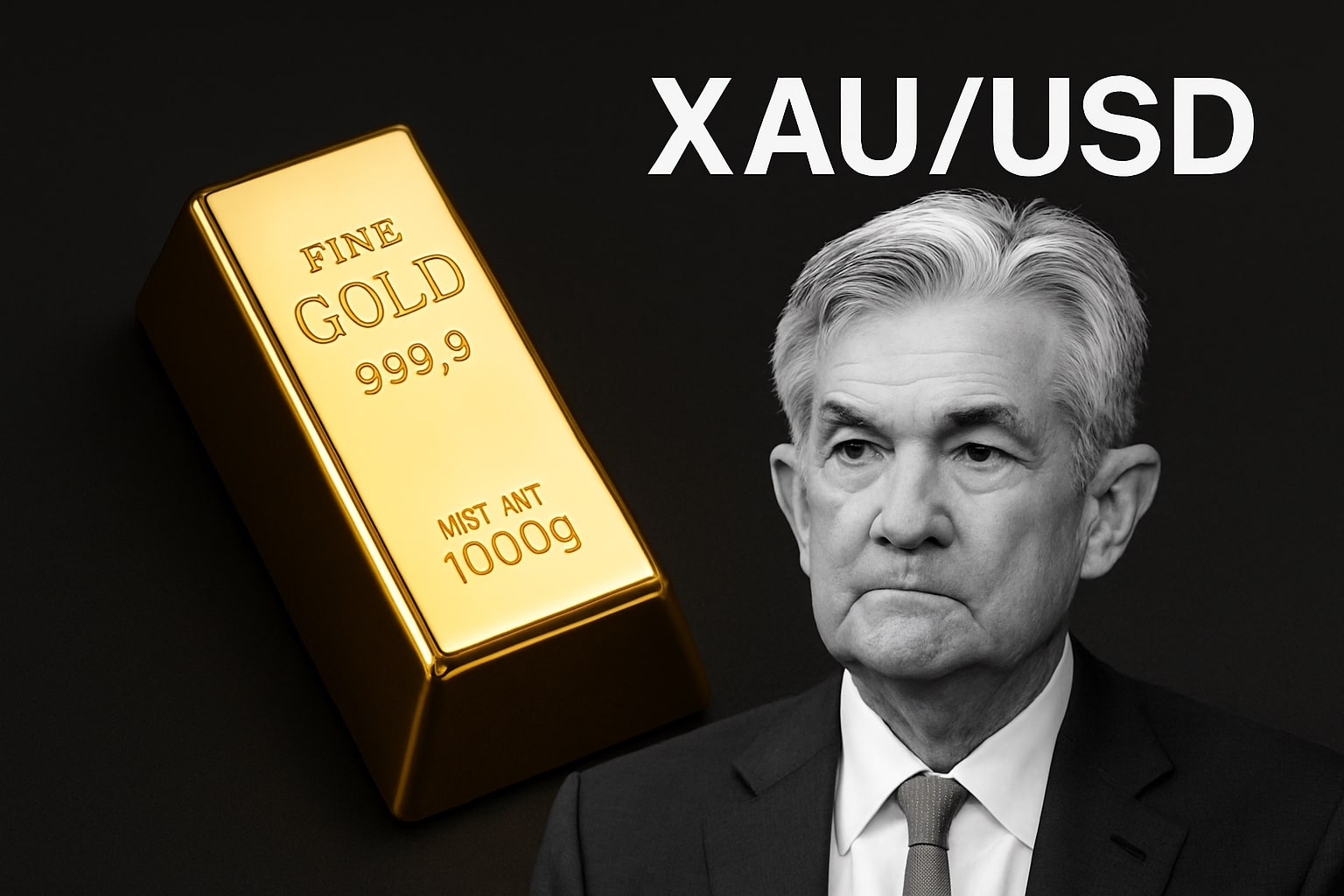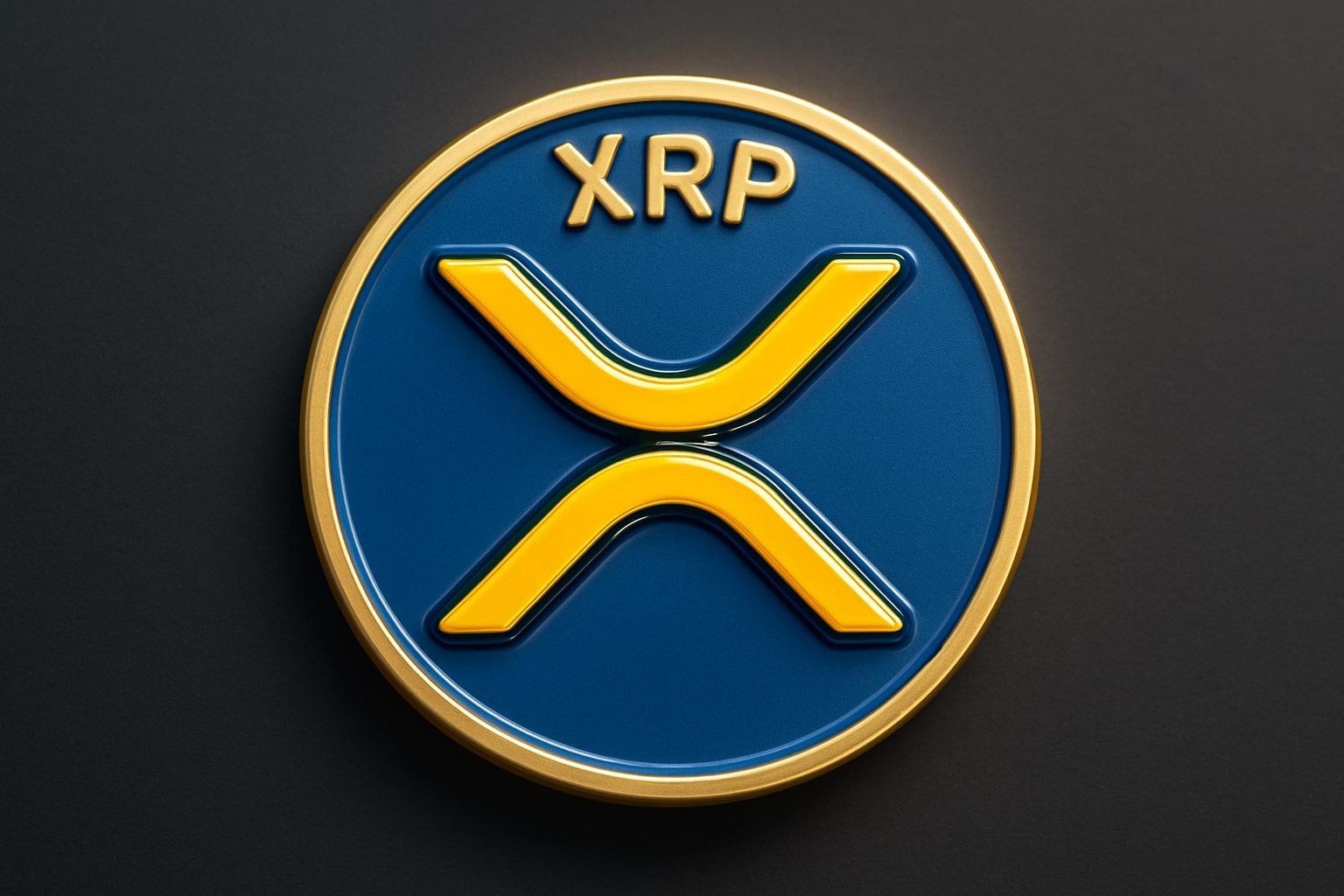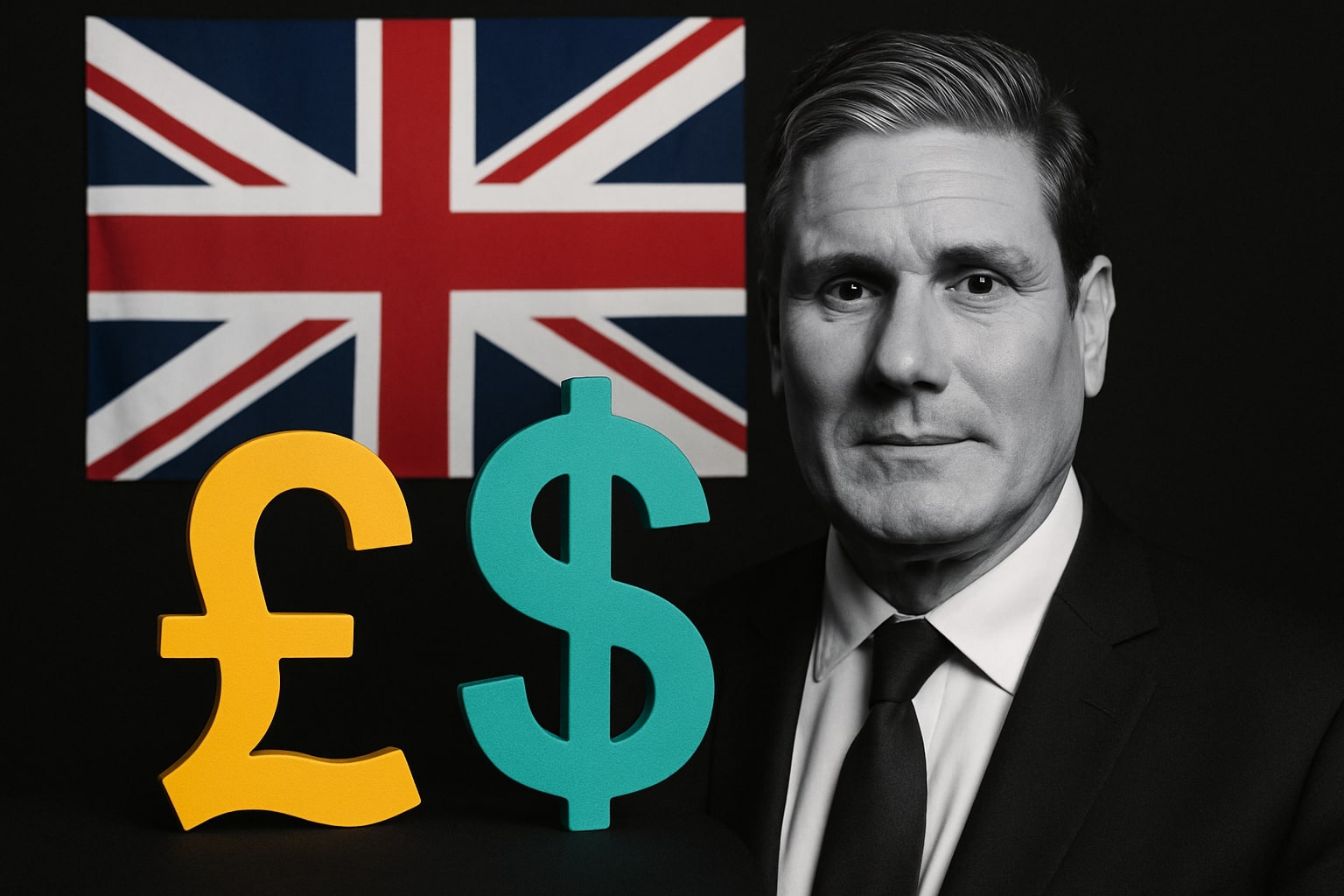
Gold Price Forecast - XAU/USD Holds Above $4,280 as ETF Inflows and Tariff Risks
XAU/USD steadies near $4,285 after hitting $4,358 record. ETF holdings reach 3,857 tons, while investors eye $4,200 support and $4,400 resistance | That's TradingNEWS
Gold (XAU/USD) Maintains Record Territory as Market Volatility Intensifies
Gold (XAU/USD) opened the week trading around $4,269 per ounce, up nearly 1.9% from Friday’s close at $4,189.90, extending a meteoric run that has lifted prices 57.3% year-over-year and nearly 16.7% in a month. On Friday, futures touched an all-time high of $4,358, a level unseen in the history of the COMEX contract. The momentum was initially triggered by safe-haven flows linked to political gridlock in Washington, where the U.S. government shutdown that began on October 1 continues to threaten economic growth. Coupled with renewed U.S.-China trade tensions, the yellow metal has emerged as the primary hedge for global uncertainty.
Despite this bullish backdrop, Monday’s session showed a modest cooling as XAU/USD drifted to $4,245 in early Asian trading, a 0.5% pullback from Friday’s high. Analysts attribute the short-term softness to profit-taking after an overstretched rally and the seasonal decline in physical demand from India and China following the festival buying spree. Even so, strong institutional positioning continues to anchor gold’s trajectory near record levels.
Geopolitical and Trade Factors Keep Gold’s Safe-Haven Appeal Elevated
The ongoing trade friction between Washington and Beijing remains a key driver of volatility. Over the weekend, U.S. trade officials condemned China’s expansion of export controls on rare earth minerals, escalating supply-chain concerns that have rippled across industrial metals. Beijing, in turn, accused the U.S. of “economic provocation,” fueling a bid for safety in tangible assets. President Donald Trump’s latest comments that the 100% tariff proposal on Chinese imports “may not be sustainable” added complexity, injecting both optimism and uncertainty into markets.
Gold’s resilience amid these crosscurrents reinforces its dual identity as both hedge and momentum play. The Economic Policy Uncertainty Index, compiled by the St. Louis Fed, remains near multi-year highs, mirroring conditions last seen during the 2020 pandemic and the 2023 debt ceiling standoff. Each spike in uncertainty has historically triggered sustained inflows into gold ETFs and futures, suggesting that traders expect turbulence to persist even if trade talks resume.
Technical Picture: $4,200 Support Remains Critical, $4,400 Defines the Breakout
Technically, gold remains well-positioned within a bullish structure. After briefly dipping early Monday, buyers re-entered aggressively around the $4,200 handle, a historically significant level that aligns with multiple breakout points from early October. The round-number support carries both technical and psychological weight, serving as the key pivot that underpins the rally. Below it, the next major base sits at $4,000, representing the threshold where long-term buyers are expected to re-engage.
On the upside, resistance consolidates near $4,400, marking the upper bound of the current range. A decisive daily close above that zone would signal a potential continuation toward $4,500–$4,600, extending the bullish momentum fueled by ETF inflows and central-bank diversification. However, momentum oscillators such as the 14-day RSI, now hovering near 78, indicate overbought conditions, suggesting short-term consolidation before the next upward leg.
Central Bank Purchases Cement Structural Demand for Gold
Beyond speculative flows, institutional accumulation continues to form the backbone of this rally. According to J.P. Morgan Research, central banks are projected to purchase roughly 900 tons of gold in 2025, a pace exceeding last year’s 780-ton total and approaching record highs. This accumulation, led by emerging markets such as China, India, and Turkey, reflects an ongoing push to reduce reliance on the U.S. dollar as a reserve currency.
Recent data from the World Gold Council corroborate this trend, showing consistent monthly net additions by sovereign institutions. With global bond yields volatile and real interest rates barely positive, central banks are diversifying into hard assets to stabilize portfolios. This shift underpins the sustained demand that has kept XAU/USD elevated even during periods of profit-taking in speculative markets.
Read More
-
Intel Stock Climbs to $38 on Nvidia’s $5B Stake and U.S. Backing Ahead of Q3 Earnings
20.10.2025 · TradingNEWS ArchiveStocks
-
XRP News: Ripple XRP-USD Price Rebounds to $2.46 as XRP ETF Speculation and $1B Buyback
20.10.2025 · TradingNEWS ArchiveCrypto
-
Oil Price , WTI (CL=F) Falls to $56.88 as Record U.S. Output and Rising OPEC+ Supply Fuel Global Oil Glut
20.10.2025 · TradingNEWS ArchiveCommodities
-
Stock Market Today - Wall Street Rallies as Apple Stock Drives Nasdaq Higher and Dow Near Record
20.10.2025 · TradingNEWS ArchiveMarkets
-
GBP/USD Price Forecast - Pound to Dollar Holds Above 1.34 as Fed Cut Bets Offset BoE Dovish Pressure
20.10.2025 · TradingNEWS ArchiveForex
ETF Flows Reinforce Institutional Confidence in Gold’s Upside
Gold’s latest ascent is mirrored in ETF markets, where holdings have surged to multi-year highs. The World Gold Council’s October 13 report showed global gold ETF assets climbing by 638 tons year-to-date, bringing total holdings to 3,857 tons. The SPDR Gold Shares (NYSEARCA:GLD), the world’s largest gold-backed fund, now manages $142.22 billion in assets, with a NAV of $388.79 as of October 17, marking a 60.7% year-to-date gain.
Other major funds show similar momentum: the iShares Gold Trust (NYSEARCA:IAU) controls $66.17 billion with a 62.9% YTD rise, while its micro version (IAUM) added $5.61 billion with a 63.2% YTD increase. The abrdn Physical Gold Shares (NYSEARCA:SGOL) holds $7.09 billion and has advanced 60.9% year-to-date. The robust growth in ETF assets signals institutional conviction that the recent dip near $4,245 represents value rather than vulnerability, reinforcing the perception that gold’s rally is fundamentally supported, not speculative.
Macroeconomic Landscape: Inflation, Policy, and Currency Pressures
Macroeconomic indicators further strengthen gold’s case as a store of value. Inflation in the United States remains sticky around 3.1% year-over-year, prompting investors to hedge against policy error as the Federal Reserve weighs its next move. With Treasury yields stabilizing near 4% and the U.S. Dollar Index (DXY) softening to 95.83, gold continues to outperform major asset classes in real terms.
The prolonged U.S. government shutdown, now entering its third week, adds fiscal uncertainty to the mix, potentially shaving 0.1–0.2 percentage points off quarterly GDP growth. Meanwhile, the administration’s new 25% tariff on heavy-duty truck imports, set to take effect November 1, threatens to widen supply bottlenecks and indirectly support gold via inflationary pressure. These policy crosswinds have made XAU/USD a magnet for safe-haven inflows, particularly from sovereign and institutional investors seeking insulation from both political and monetary volatility.
Physical Demand Normalizes After Festive Surge, But Structural Support Persists
Following a surge in retail purchases across India during the festive season, physical buying has cooled modestly. Analysts expect near-term softness in spot premiums as jewelers reduce restocking amid record-high prices. However, the pullback in physical demand is unlikely to derail the structural uptrend given the depth of investment participation and continued macro hedging flows. The $4,000–$4,200 range remains a critical accumulation zone for long-term buyers.
Market data show that despite reduced retail activity, Indian gold imports in the first half of October still exceeded 42 tons, a 23% increase year-over-year. Chinese household demand has followed a similar path, with the Shanghai Gold Exchange reporting turnover at $108 billion, up 14% from September. These figures demonstrate that even amid stretched prices, physical appetite has not collapsed—underscoring gold’s enduring appeal as both adornment and asset.
Investor Positioning: From Momentum to Portfolio Core
Institutional portfolios have recalibrated to integrate gold as a strategic component rather than a tactical hedge. Fund managers report that allocations to gold have risen from an average of 4.2% to 7.6% across global multi-asset portfolios in 2025, the highest in a decade. This shift coincides with the decline in long-duration bond exposure and rising concerns about equity overvaluation, particularly in the U.S. technology sector.
Insider transaction data in gold-mining equities reinforce this alignment. Executives at major producers such as Newmont Corp. (NYSE:NEM) and Barrick Gold Corp. (NYSE:GOLD) have been net buyers over the past quarter, collectively purchasing over $12 million in shares between August and October. These insider accumulations often precede cycles of production expansion and margin stabilization, suggesting confidence that current bullion prices will sustain profitability even if spot prices consolidate near $4,200–$4,250 in the short term.
Outlook for XAU/USD: Volatility With an Upward Bias
The near-term picture remains volatile but constructive. As long as gold maintains support above $4,200, the structural narrative favors further appreciation. The confluence of central-bank accumulation, elevated ETF holdings, and persistent macro uncertainty points toward a bullish bias for the remainder of Q4. If the U.S. resolves its fiscal deadlock and trade negotiations soften, short-term volatility could compress, allowing gold to stabilize within the $4,250–$4,400 corridor before attempting a renewed push toward $4,500.
With macro conditions tilted toward geopolitical caution, fiscal strain, and a dovish Fed pivot, gold retains its role as the market’s most effective risk barometer. The balance of evidence supports a Buy / Bullish outlook on XAU/USD, with a medium-term price target of $4,500–$4,600, assuming stability in Treasury yields and continued institutional participation through ETFs and sovereign purchases.



















